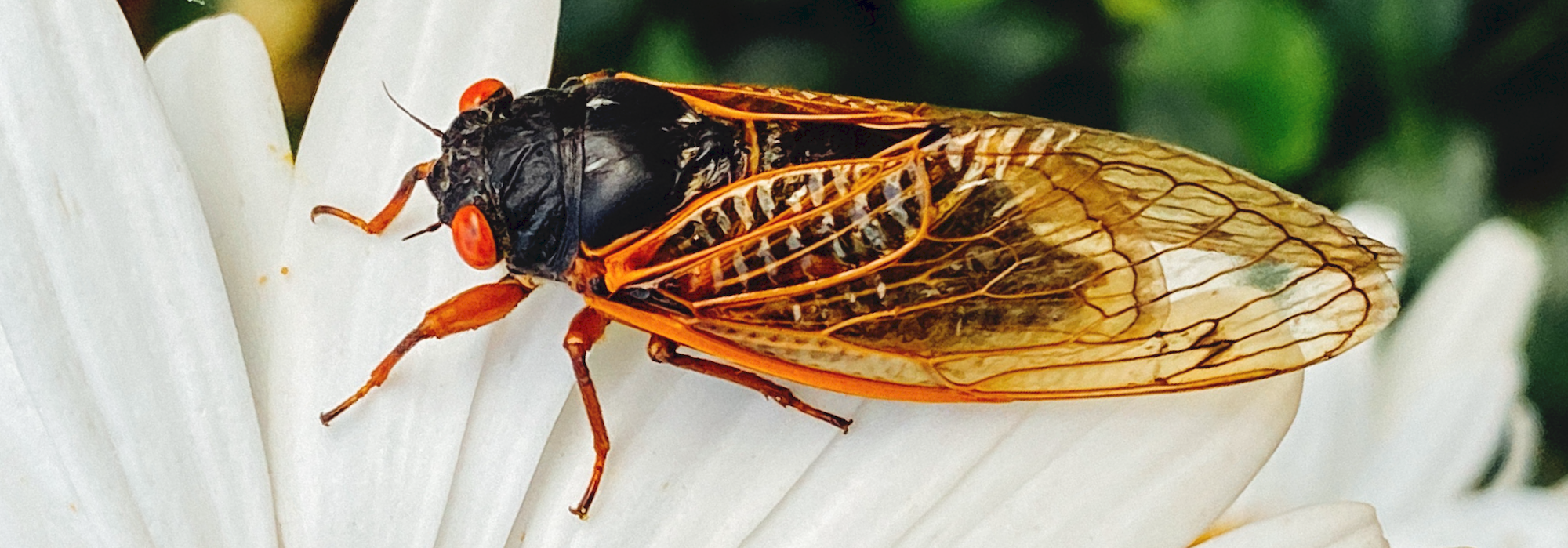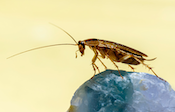Nancy A. Moran
Research
CURRENT RESEARCH
PAST RESEARCH
- Elucidating the molecular bases of species interactions in host-associated bacterial communities
- Role of Gut Microbiota in Honey Bee Health
- Coevolutionary dynamics in an obligate insect symbiosis
- Colonization by a Co-evolved Gut Community
- Dual Obligate Intracellular Symbionts
- Control of Bee Behavior by Stably Engineered Gut Microbial Communities
- Dimensions of Biodiversity: the Gut Microbiota of Bees
- Environmental Genomics of Symbionts in Pea Aphids
- Genomics of Bacterial Symbionts of Plant Sap-Feeding Insects
- Biocomplexity in the Environment
- Bacterial Endosymbiont Diversity in Drosophilla
- Biocomplexity of Symbiotic Bacteria
- Genomic Evolution of Buchnera
- Evolutionary Dynamics of Endosymbiont-Borne Adaption on Aphids
- Molecular Phylogenetics of Sternorrhyncha
- Phylogenetics of Aphids
- Genetically Variable Complex Life Cycles in Heterogeneous Environments
PAST Research Projects

Highly Reduced Genomes of Coresident Bacterial Symbionts of Xylem-Feeding Insects: Ecological and Evolutionary Implications
(PI is Nancy Moran)
 A grant has been awarded the University of Arizona under the direction of Dr. Nancy A. Moran and Dr. Rod Wing to sequence the highly reduced genomes of bacteria that live as symbionts in xylem-feeding insects. Symbiotic bacteria are critical to the development and reproduction of many plants and animals, and their roles are now being explored using genomic approaches. In many animals, symbionts provision nutrients that are lacking in food. Many plant-feeding insects contain specialized bacterial symbionts that are required for normal development and reproduction. These bacteria have been difficult to study in the past because they cannot be grown outside their hosts. However, the capability to sequence their genomes now allows major new understanding of how these organisms function within their hosts. This project will determine and analyze the genomic sequence of symbionts that live in two insect species called sharpshooters, and a spittlebug species, all of which feed on plant xylem and that vector diseases of many crop plants. Each of these hosts contains a pair of symbiotic bacterial species. New approaches to genome sequence determination will be used in this collaboration between Dr. Moran, who investigates bacterial symbiont genomes, and Dr. Wing, who runs a sequencing and genome analysis center focused on plants. Analysis of the genomic sequence potentially will reveal critical aspects of symbiont biology that can be useful in the control of the hosts, which are significant agricultural pests. Results will be integrated in ongoing science education and outreach projects for college students as well as high school teachers and students.
A grant has been awarded the University of Arizona under the direction of Dr. Nancy A. Moran and Dr. Rod Wing to sequence the highly reduced genomes of bacteria that live as symbionts in xylem-feeding insects. Symbiotic bacteria are critical to the development and reproduction of many plants and animals, and their roles are now being explored using genomic approaches. In many animals, symbionts provision nutrients that are lacking in food. Many plant-feeding insects contain specialized bacterial symbionts that are required for normal development and reproduction. These bacteria have been difficult to study in the past because they cannot be grown outside their hosts. However, the capability to sequence their genomes now allows major new understanding of how these organisms function within their hosts. This project will determine and analyze the genomic sequence of symbionts that live in two insect species called sharpshooters, and a spittlebug species, all of which feed on plant xylem and that vector diseases of many crop plants. Each of these hosts contains a pair of symbiotic bacterial species. New approaches to genome sequence determination will be used in this collaboration between Dr. Moran, who investigates bacterial symbiont genomes, and Dr. Wing, who runs a sequencing and genome analysis center focused on plants. Analysis of the genomic sequence potentially will reveal critical aspects of symbiont biology that can be useful in the control of the hosts, which are significant agricultural pests. Results will be integrated in ongoing science education and outreach projects for college students as well as high school teachers and students.
Selected publications
- McCutcheon JM, Moran NA. 2010. Functional convergence in reduced genomes of bacterial symbionts spanning 200 million years of evolution. Genome Biology and Evolution 2:708-718.
- Sabree ZL, Degnan PH, Moran NA. "Chromosome stability and gene loss in cockroach endosymbionts," Applied and Environmental Microbiology, v.76, 2010, p. 4076.
- Woyke T, Tighe D, Mavromatis K, Clum A, Copeland A, Schackwitz W, Lapidus A, Wu E, McCutcheon JP, McDonald BR, Moran NA, Bristow J, Cheng J-F. 2010. One microbial cell, one complete genome. PLoS-One 5:e10314.
- Sabree, ZL, Kambhampatic S, Moran NA. "Nitrogen recycling and nutritional provisioning by the cockroach endosymbiont, Blattabacterium," Proceedings of the National Academy of Sciences USA, v.106, 2009, p. 19521.
- McCutcheon J, MacDonald B, Moran NA. "An extremely small and GC-rich bacterial genome that uses an alternative genetic code.," PLoS - Genetics, v.5, 2009, p. e1000565.
- McCutcheon JM, MacDonald BR, Moran NA. "Convergent evolution of metabolic roles in bacterial co-symbionts of insects.," Proceedings of the National Academy of Sciences USA, v.106, 2009, p. 15394.
- Moran NA, McCutcheon J, Nakabachi A. "Genomics and Evolution of heritable bacterial symbionts," Annual Review of Genetics, v.42, 2008, p. 1.
- McCutcheon, JP; Moran, NA. "Parallel genomic evolution and metabolic interdependence in an ancient symbiosis," Proceedings of the National Academy of Sciences USA, v.104, 2007, p. 19392-19397.
- Moran NA. "Symbiosis as an adaptive process and source of phenotypic complexity," Proceedings of the National Academy of Sciences USA, 2007.